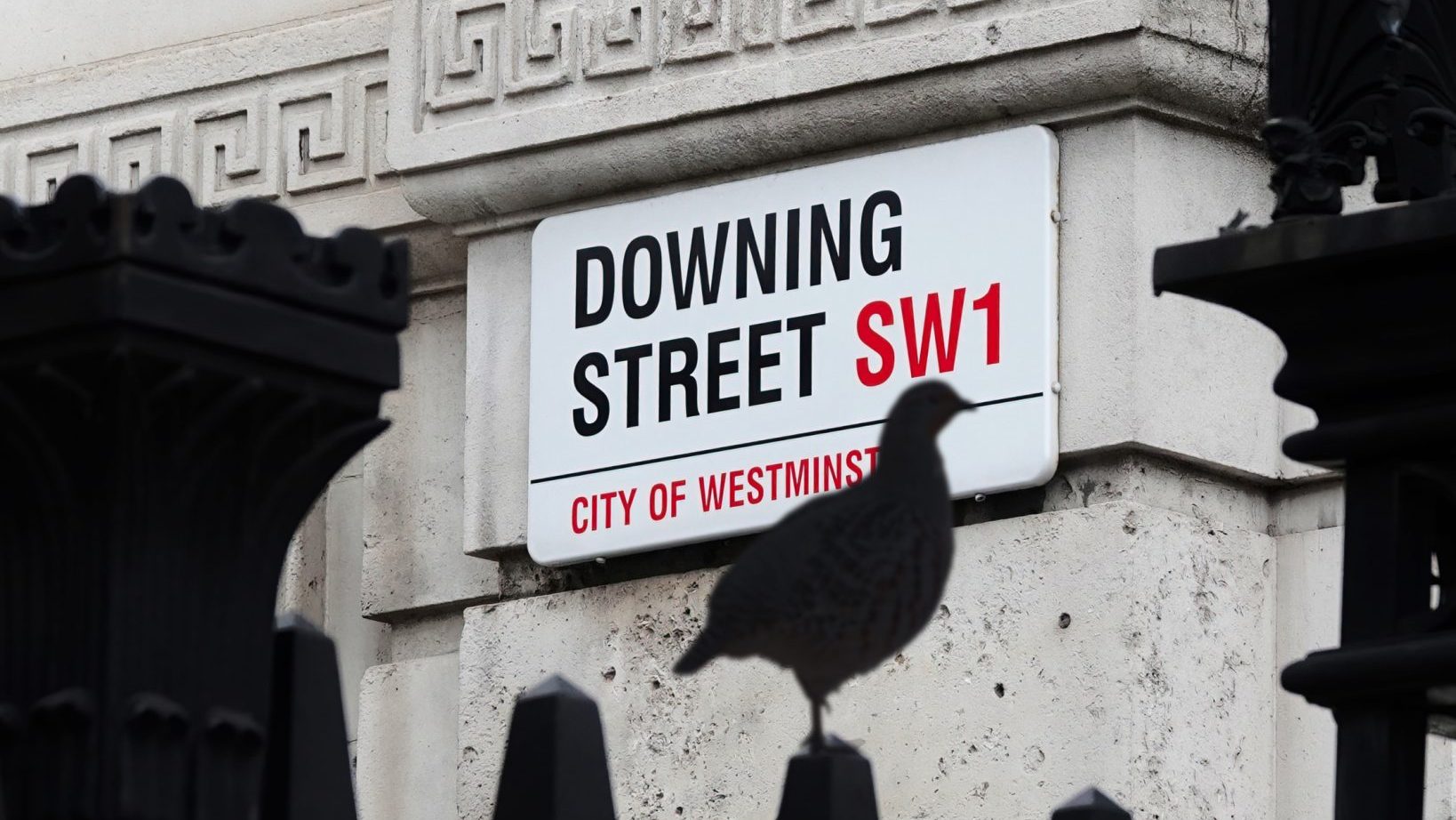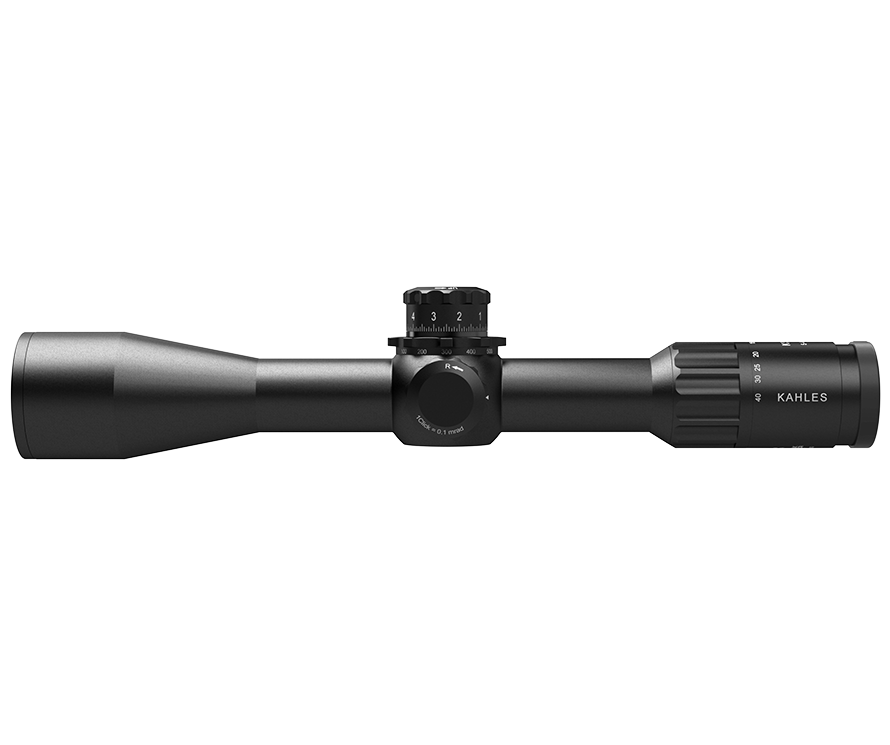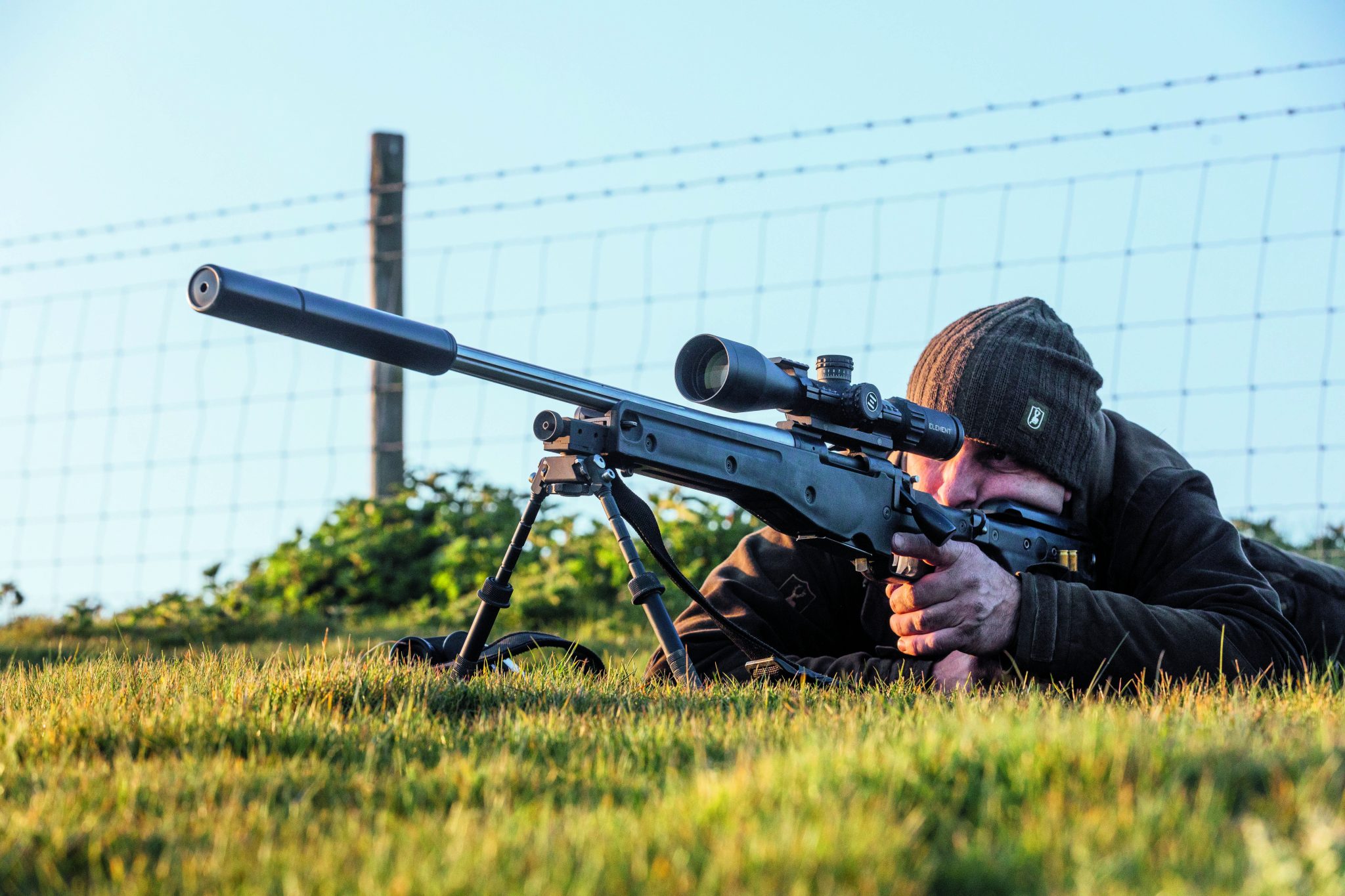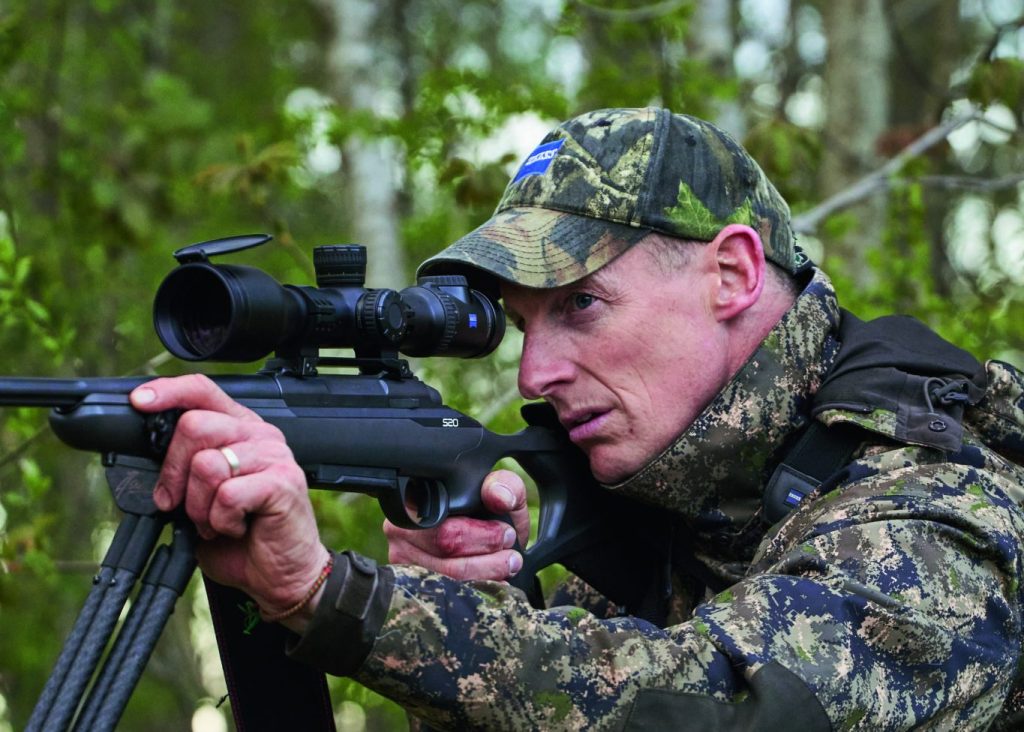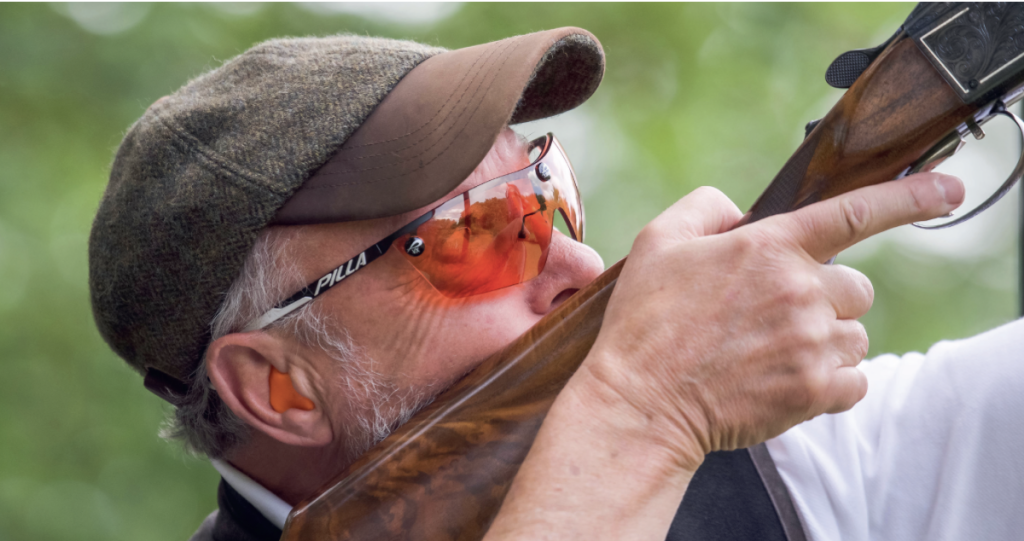Shooting
Shotgun
Shotgun news
Bird flu and next season – a headkeeper writes
Would you like to speak to our readers? We offer sponsored articles and advertising to put you in front of our audience. Find out more.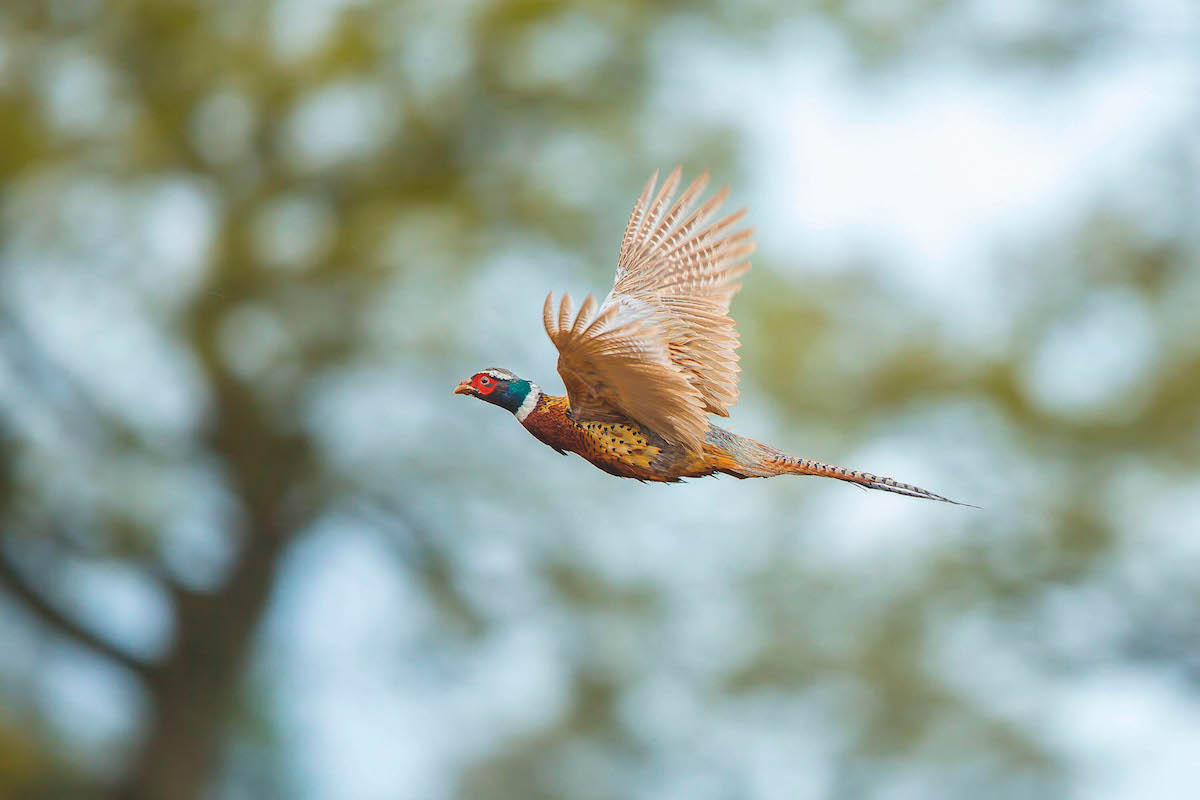 2HGGJ1N Close, side view of a wild UK pheasant game bird (Phasianus colchicus) isolated outdoors, flying in midair displaying wing feathers.
2HGGJ1N Close, side view of a wild UK pheasant game bird (Phasianus colchicus) isolated outdoors, flying in midair displaying wing feathers.
The spectre of highly pathogenic avian influenza (HPAI) is still hanging over us. It is next to impossible to talk to anyone involved in game shooting without it being brought up and discussing bird flu and next season. The number of confirmed cases has increased significantly from last year, and the outbreaks on shooting estates — although still fairly small as far as a percentage of cases goes — are concentrating the mind. Like many, I open my daily HPAI text and email alerts from the Animal and Plant Health Agency (APHA) with bated breath, and to date have been relieved that none are too close and that we are still outside any of the protection and surveillance zones. The alerts are an excellent way of communicating with anyone in any way connected to the poultry industry and, of course, gamekeepers and shoot owners.
Responsible behaviour
The alerts undoubtedly raise your anxiety levels when they arrive, but we can’t ignore what is going on and we need to behave responsibly and obey the rules. What has surprised me is the number of people I have spoken to who haven’t registered their shoots, because they thought they were too small to count or didn’t qualify, and others who were registered but who haven’t updated their details and therefore no longer receive the APHA updates. These people are in the minority — most are registering their shoots and updating their details, but I do feel a little let down and think others could have done better.
Bird flu and next season
Where HPAI will leave us at the end of the season remains to be seen. At the moment it is too early to tell, but the feeling I am getting is that more and more shoots are becoming pessimistic about their future, and that more and more keepers are quite worried about their jobs. The negativity is justified, and I am sure the losses of 2020, when Covid hit and shooting was curtailed, are playing on owners and keepers’ minds.
Our worries were fewer prior to Covid, and game shooting’s business model was fairly easy to understand. Budgets were pretty straightforward and concerns over HPAI, while always there, were less on our minds. Worries were more directed towards laying stock and rearing fields than they were to HPAI outbreaks on shoots post-release. Release that, under current rules, is banned. Not that it is affecting anyone at the moment, because our birds were released months ago. And before we all start panicking, it should also be noted that there have been bans on releasing gamebirds before. These have then been lifted in spring or early summer when the weather has warmed up and the bulk of winter migrants returned home.
I don’t think the supply of next year’s stock will be the issue, so much as the confidence to place orders, pay deposits and press on if there are still restrictions in place. Game farmers are resilient and resourceful sorts, and most have already planned ahead and either overwintered their own laying stock or pre-ordered their eggs and chicks from several reliable sources — spreading the risk of their suppliers being shut down.
If HPAI is still hanging about in late March and early April when the birds start coming into lay, I can see game farms understandably asking for payment in full with their orders. I anticipate shoots, many of which have yet to claw back their Covid losses, taking less of a punt and being more conservative in their outlook; risking only what they can afford to lose, putting fewer birds down and shooting less. It is too soon to tell what continuing effect HPAI will have on not only this current season but on next season as well, but we do need to prepare ourselves for yet more disruption. I fear in the short- to mid- term at least that HPAI is here to stay.
Related articles
Shooting
Shotgun
Let’s bite the bullet
The ban on lead shot for all game shooting is moving apace so it’s time to find the best eco-friendly ammunition that suits you and your rifle
By Time Well Spent
Shotgun
Shotgun buying guides
Starting out? Make sure it fits
If you’re buying your first clay gun, the right fit takes precedence – not good looks, the brand your mate’s got or even price – warns Paul Austin
By Time Well Spent
Manage Consent
To provide the best experiences, we use technologies like cookies to store and/or access device information. Consenting to these technologies will allow us to process data such as browsing behavior or unique IDs on this site. Not consenting or withdrawing consent, may adversely affect certain features and functions.
Functional Always active
The technical storage or access is strictly necessary for the legitimate purpose of enabling the use of a specific service explicitly requested by the subscriber or user, or for the sole purpose of carrying out the transmission of a communication over an electronic communications network.
Preferences
The technical storage or access is necessary for the legitimate purpose of storing preferences that are not requested by the subscriber or user.
Statistics
The technical storage or access that is used exclusively for statistical purposes.
The technical storage or access that is used exclusively for anonymous statistical purposes. Without a subpoena, voluntary compliance on the part of your Internet Service Provider, or additional records from a third party, information stored or retrieved for this purpose alone cannot usually be used to identify you.
Marketing
The technical storage or access is required to create user profiles to send advertising, or to track the user on a website or across several websites for similar marketing purposes.

